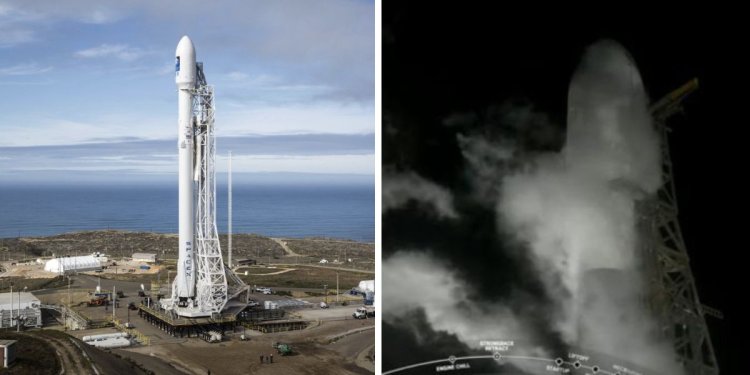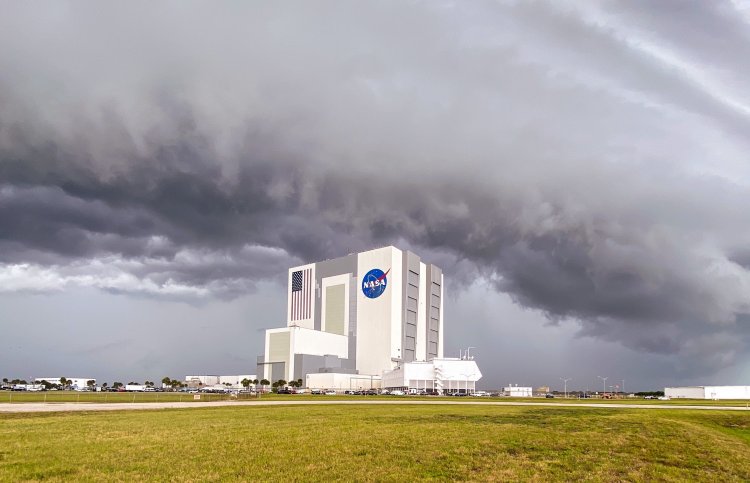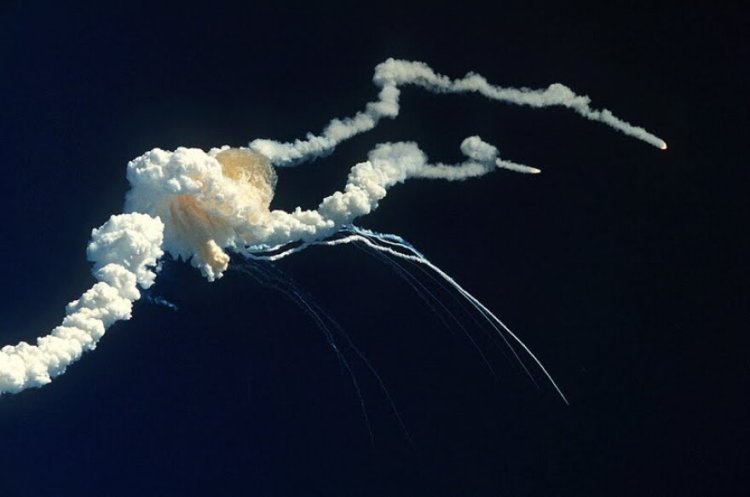3 Instances A Rocket Launch Can Be Delayed
The launch of Taifa-1 Sat was scheduled to take place at Vandenberg Base, California in the United States (US) but was halted by another delay caused by bad weather.

Elon Musk’s Space Exploration Technologies Corporation (SpaceX) for the third time in quick succession failed to launch Kenya's Taifa-1 satellite into space on Friday, April 14, with the launch cancelled 28 seconds before takeoff.
The launch of Taifa-1 Sat was scheduled to take place at Vandenberg Base, California in the United States (US) but was halted by another delay caused by bad weather.
The delay effects were anticipated during the launch of the Taifa-1 satellite alongside other satellites from other countries on the same Transporter 7-rideshare mission. Still, this time round, the launch was scrubbed in front of millions of Kenyans live-streaming the proceedings on YouTube, some from the University of Nairobi.
“As you have just heard from the launch director we have just had a hold hold hold on the countdown,” the narrator said as the countdown display read 28 seconds.

However, the American space agency assured that another attempt to launch Transporter 7-rideshare mission would be at the same place on Saturday, April 15 at 9.44 am.
The third attempt at the launch was the closest Kenyans came to witness the rocket take off with the country's first operational 3U Earth Observation satellite, with previous attempts delayed due to bad weather.
Basic terms
Postponements, scrubs, and delays are all terms used to describe launches that do not go off on time. Postponements are when a planned launch date is pushed back to a later date.
According to The Space Techie website, scrubs are when a mission is cancelled on the day of launch and rescheduled at a later date and are typically a last-minute choice prompted by inclement weather or mechanical faults that raise safety concerns. A delay happens when a launch occurs later in the day than intended, yet still occurs on the same day.
There are specified times or “launch windows” available whereby a rocket is only allowed to launch within specified launch windows. This can last anything from a half-hour to a few hours per day, but even those windows, however, are not available on a daily basis.
There are also “launch periods” which are days when the planetary (or celestial body) alignment aligns with our planet in a way that favours the mission.
The space shuttle is frequently left on the launch pad while the weather clears or maintenance workers address technical issues. However, the shuttle must occasionally be returned to the Vehicle Assembly Building (VAB) in what is referred to as a rollback.
Viral Tea takes a look at three instances that can lead to delays in rocket launches:
Weather
As witnessed in the three failed attempts to launch Taifa-1, bad weather is the most common cause of rocket delays, the same that would cause delays and cancellations amongst passenger and cargo aircraft across airports all over the world.
For a safe launch to be executed, the flight meteorologist will analyse 14 meteorological data points.
The wind is being analysed particularly; the launch cannot take place if the sustained wind speed at the 49.4-metre level of the launch pad exceeds 48.3 km/h. Upper-atmospheric winds typically blow at much higher speeds, increasing vertical wind shear.
Lightning and thunderstorms are the most important phenomena to monitor in relation to space launches. For instance, the US government agency National Aeronautics and Space Administration (NASA) will not fuel a rocket if there is more than a 20 per cent chance of a lightning strike within a five-mile radius of the launch site; if lightning is seen within 10 nautical miles of the launch site or the flight route, the launch will be postponed for 30 minutes until the required circumstances are met.

Dark clouds over Kennedy Space Center in the USA. /FILE
Another condition that must be measured is thunderstorm-related sky electricity; if the edge of a thunderstorm that has produced lightning in the last 30 minutes is within 10 miles of the launch site, the launch will be cancelled.
Clouds, too, pose a security risk to the rocket. If a cloud layer is more than 4,500 feet (1.4 kilometres) thick, stretches into sub-freezing temperatures, and is within 10 nautical miles of cumulus clouds, the launch will be cancelled. A rocket cannot launch if there is any form of precipitation.
In hot weather, rocket launches routinely go off without a hitch. Temperatures below 8.88 degrees Celsius, on the other hand, may result in dangerous ice development.
Another prevalent reason for rocket launch cancellations is the presence of huge amounts of high-energy particles in near-orbit space.
Mechanical Difficulties
The rocket itself is an engineering marvel whose complexity is on par with the human body, yet much more delicate. That is, one single mechanical fault can jeopardise a rocket's safety and that of the astronauts, and prevent a mission from reaching orbit.
Thousands of sensors collect data up until the last few seconds of any launch to see whether there is anything wrong inside the rocket. If any of them detects anything out of the ordinary or a cause for concern, they can immediately initiate a scrub, assuring the rocket’s and payload’s safety.
In addition, improper fueling procedures could create an unintended volatile reaction that creates combustion One example of this was an explosion in 2016 involving SpaceX's Falcon 9 rocket which occurred while it was being fuelled for a test flight in September of that year.
In 2015, the same rocket exploded shortly after lift-off, with the cause attributed to a failed steel strut holding down a canister of helium.
The most talked about incident happened on January 28, 1986, when the Space Shuttle Challenger broke apart 73 seconds into its flight, killing all seven crew members aboard, some 46,000 feet (14 kilometres) above the Atlantic Ocean, off the coast of Cape Canaveral, Florida. Its cause was attributed to the failure of the primary and secondary redundant O-ring seals in a joint in the shuttle's right solid rocket booster (SRB).

Scene after Space Shuttle Challenger exploded in 1986, killing all seven crew members on board. /NHPR
The record-low temperatures of the launch had stiffened the rubber O-rings, reducing their ability to seal the joints. Shortly after liftoff, the seals were breached, and hot pressurized gas from within the SRB leaked through the joint and burned through the aft attachment strut connecting it to the external propellant tank (ET), and later the tank itself.
Sailboat on A Rocket's Flight Path
A space launch can also be disrupted by far more odd factors. An International Space Station (ISS) resupply mission scheduled to launch from NASA’s Wallops Flight Facility in 2014 was cancelled because a sailboat accidentally crossed the rocket’s flight path about 64.4 kilometres from the launch site.
If the rocket had lifted off and encountered a catastrophic failure, the passengers on the boat would have been in danger.






